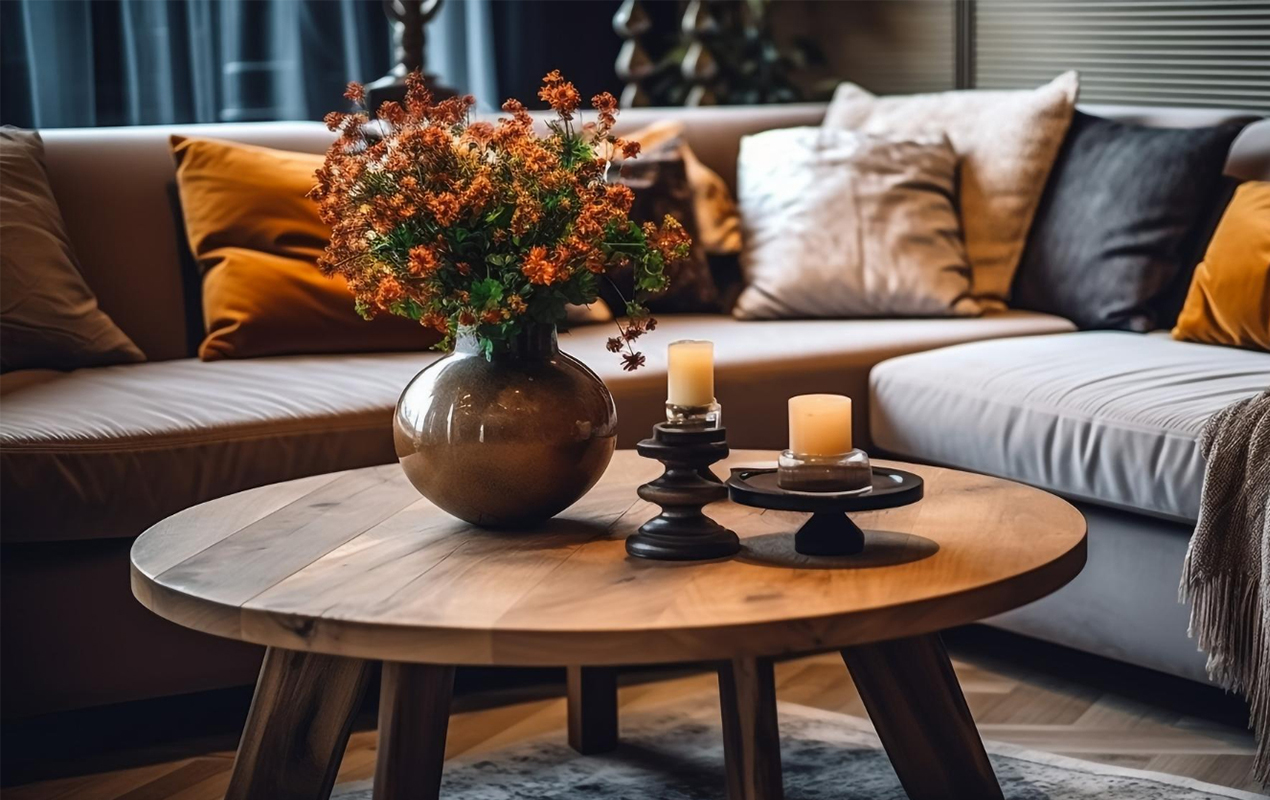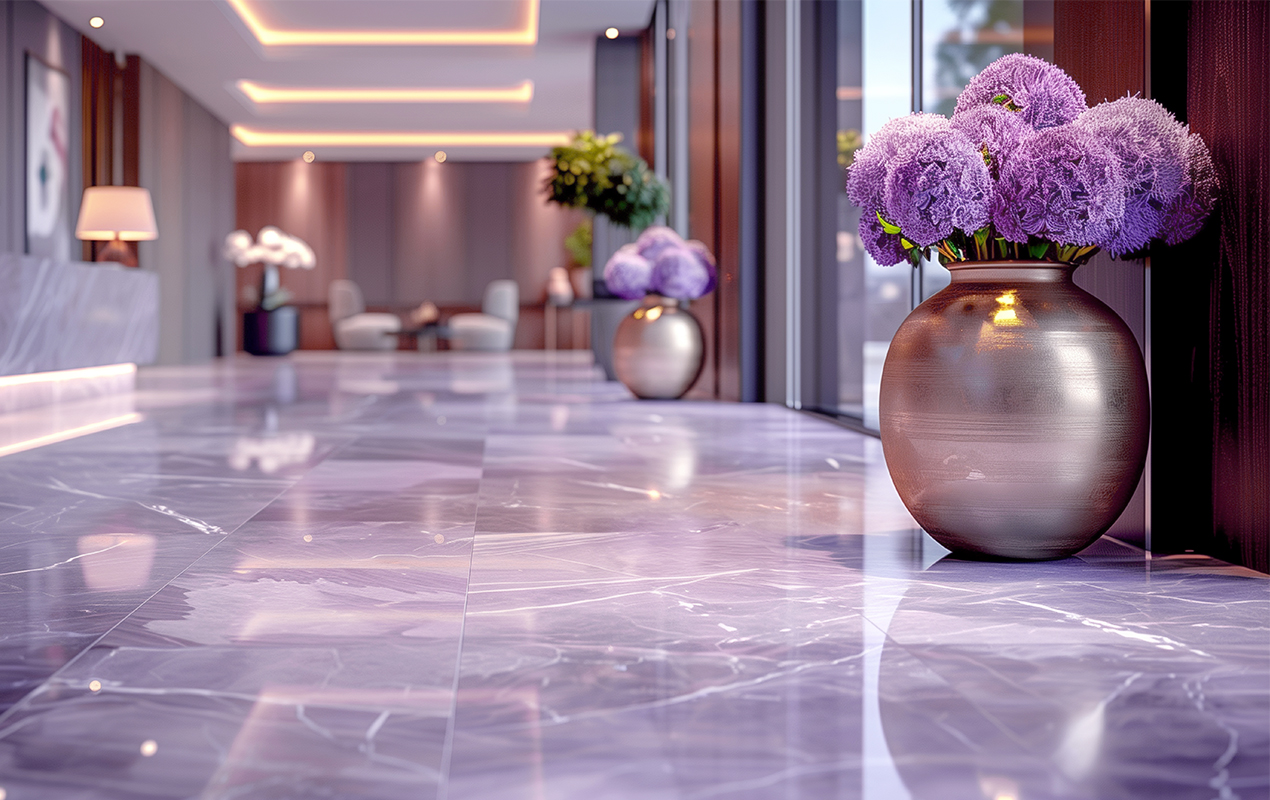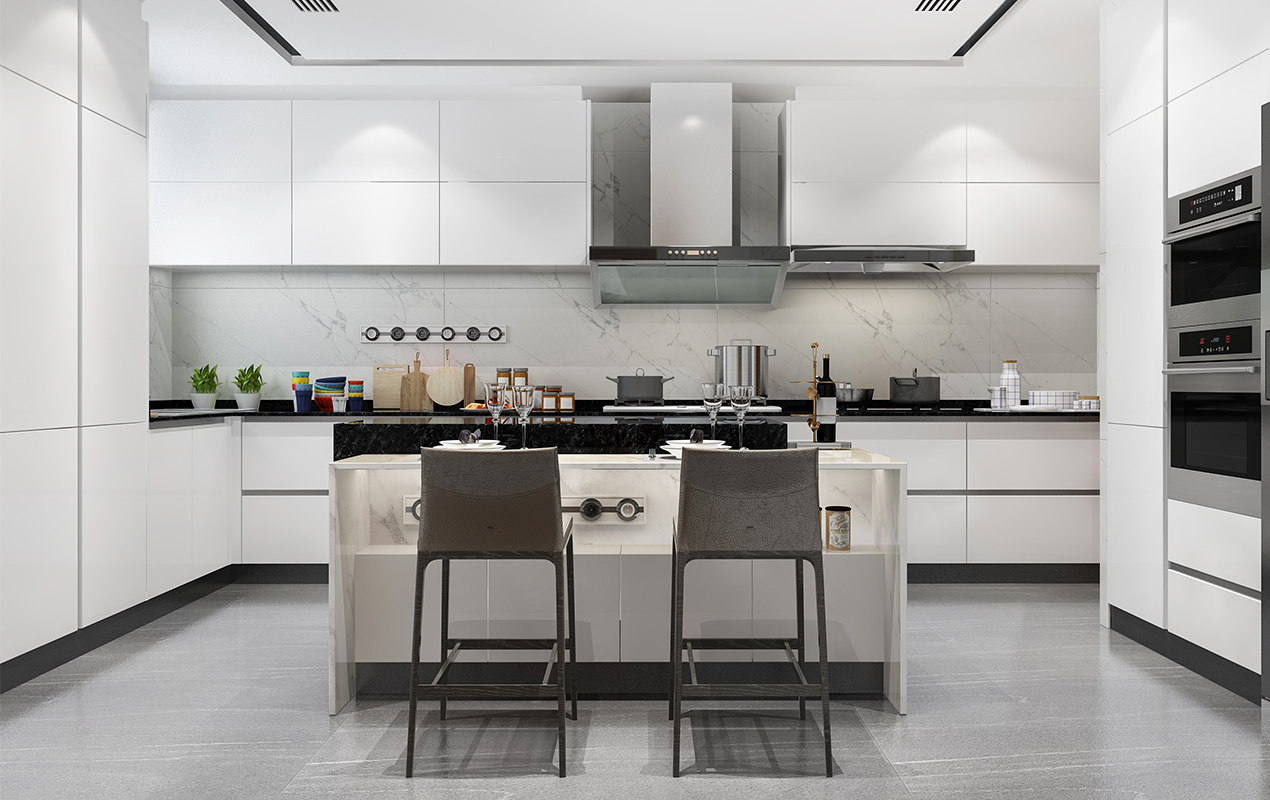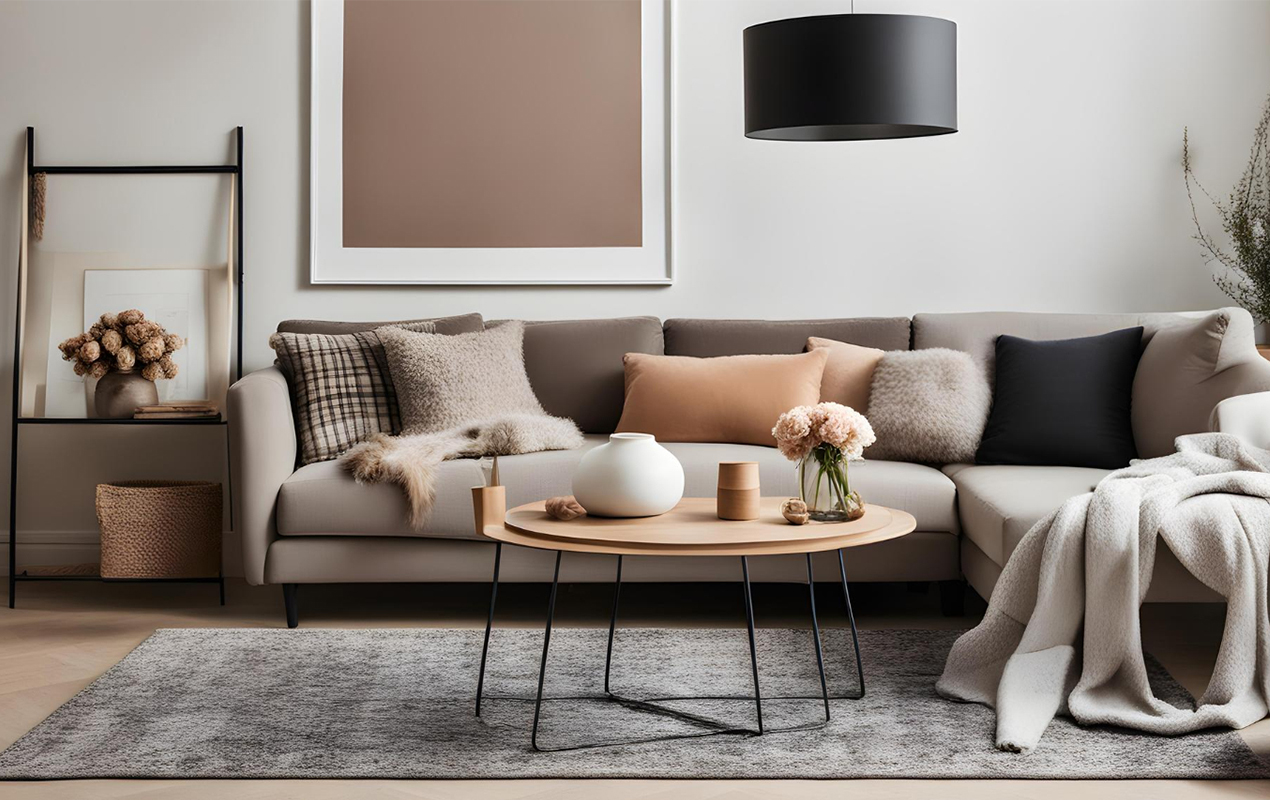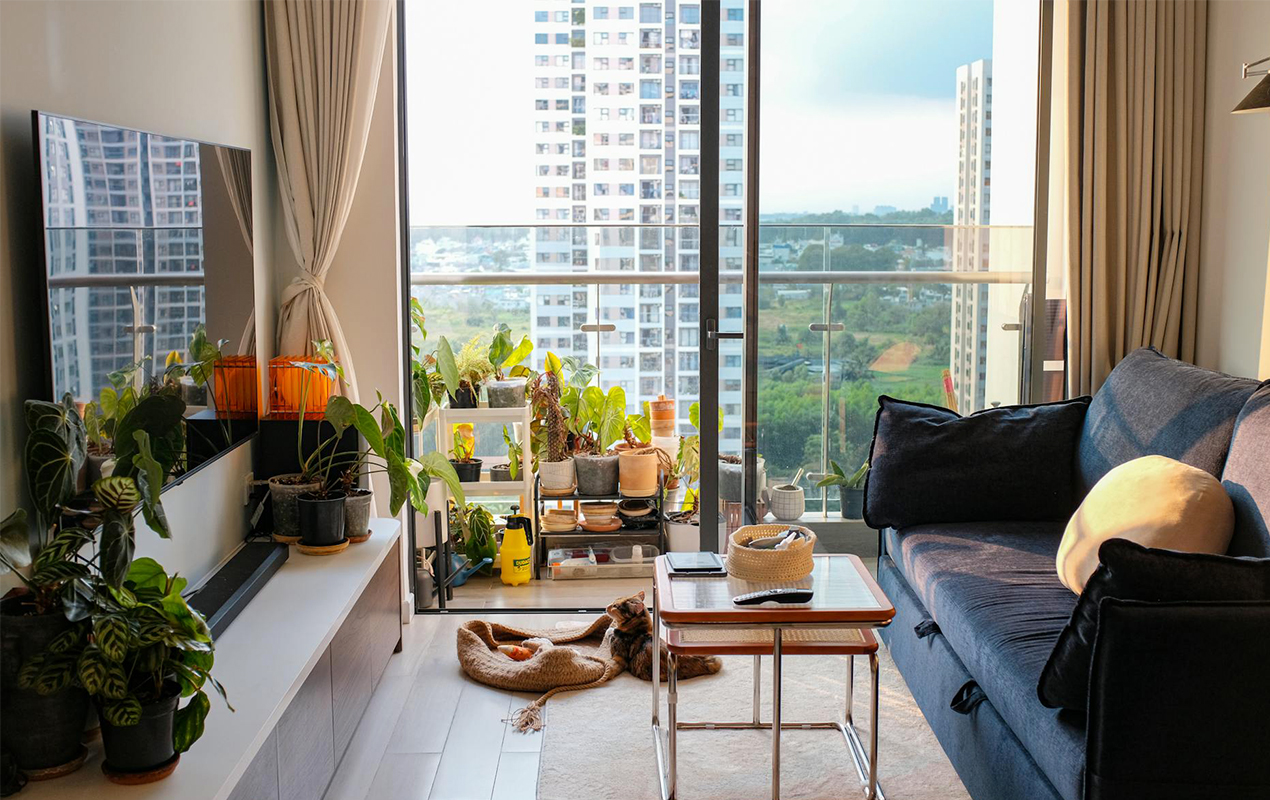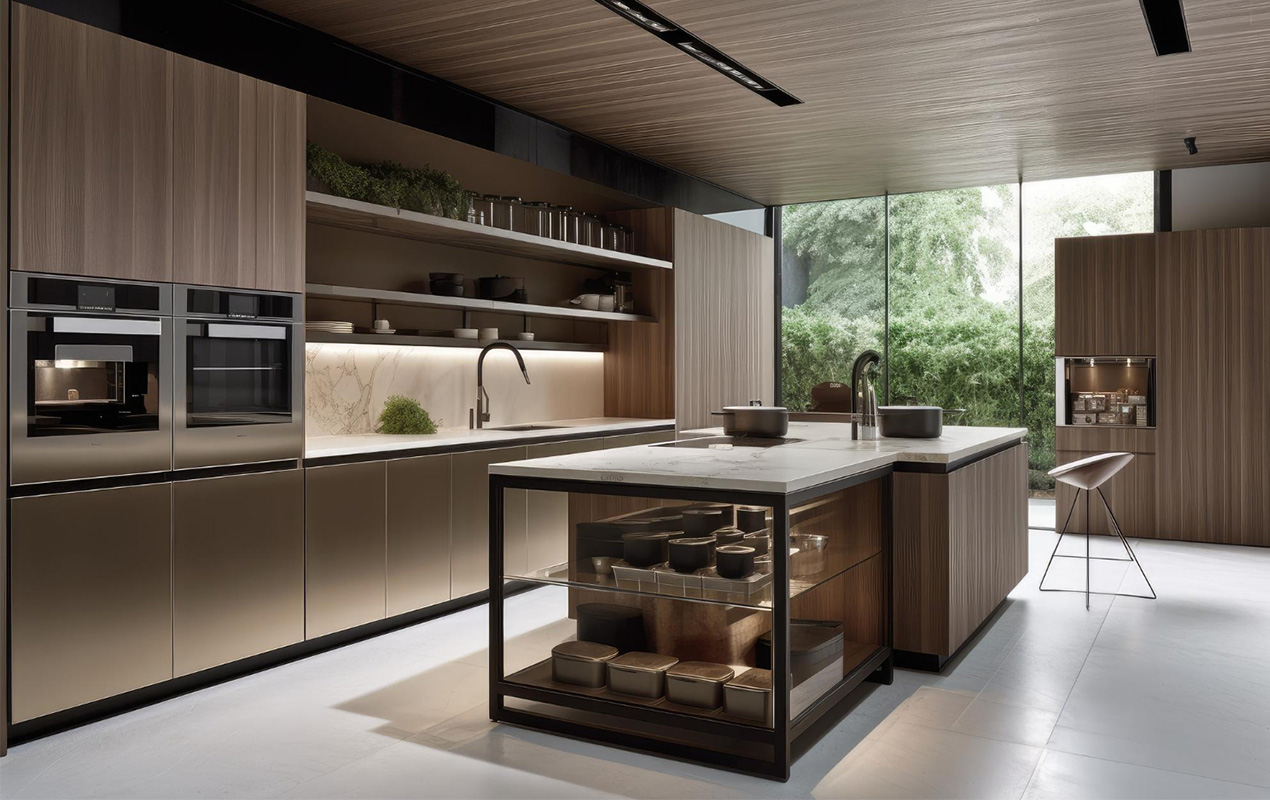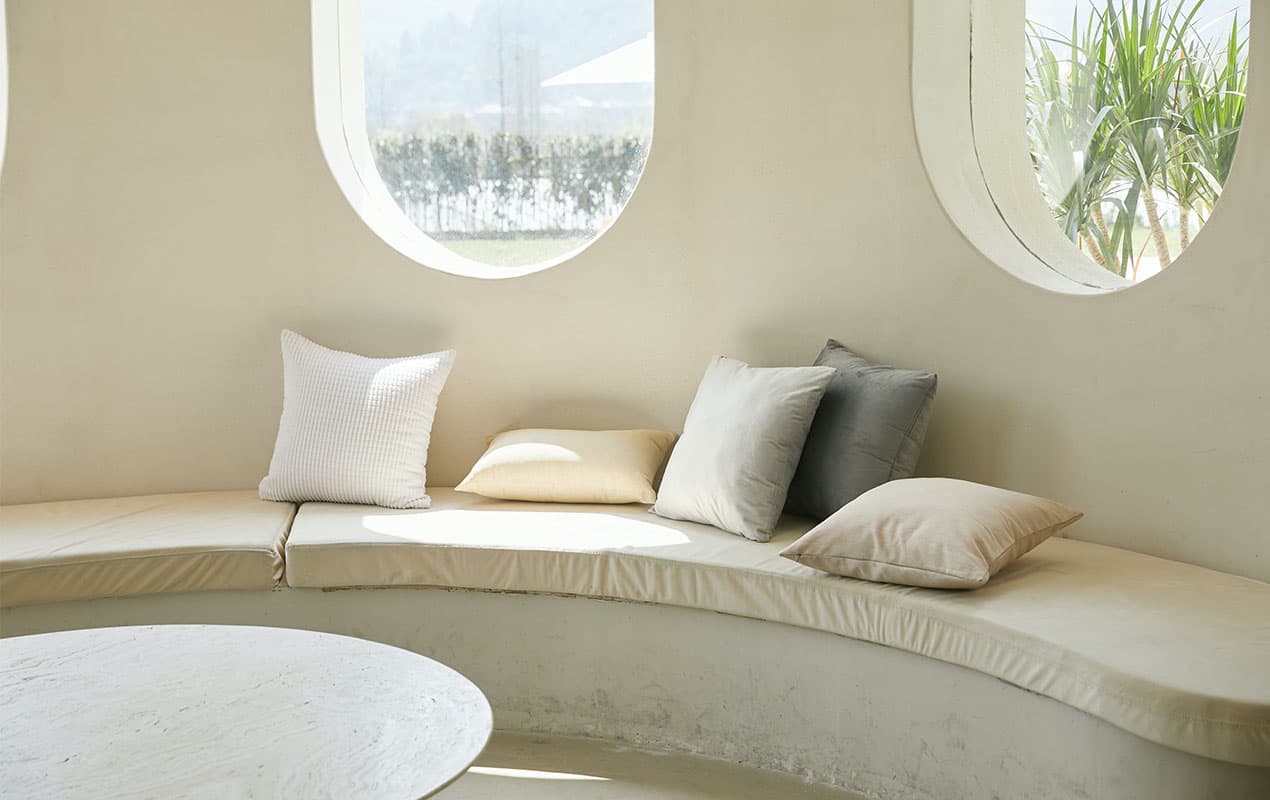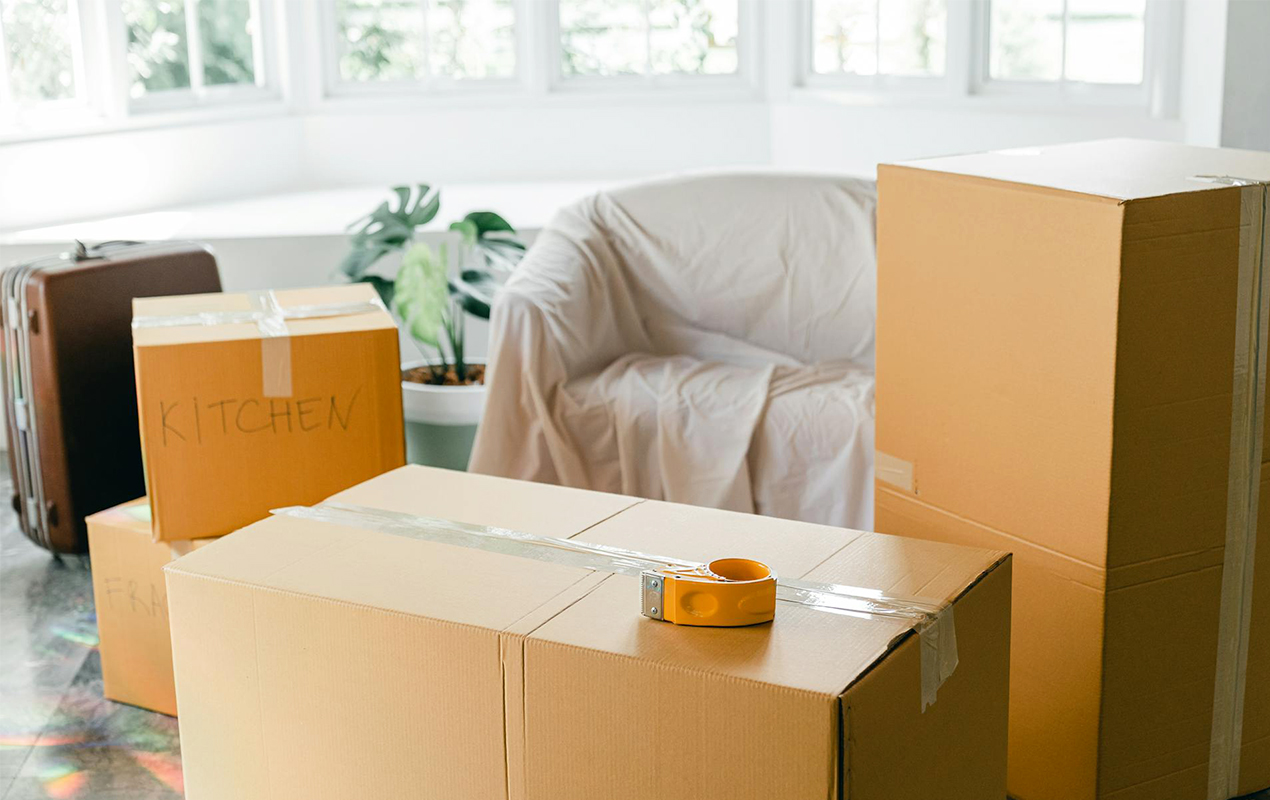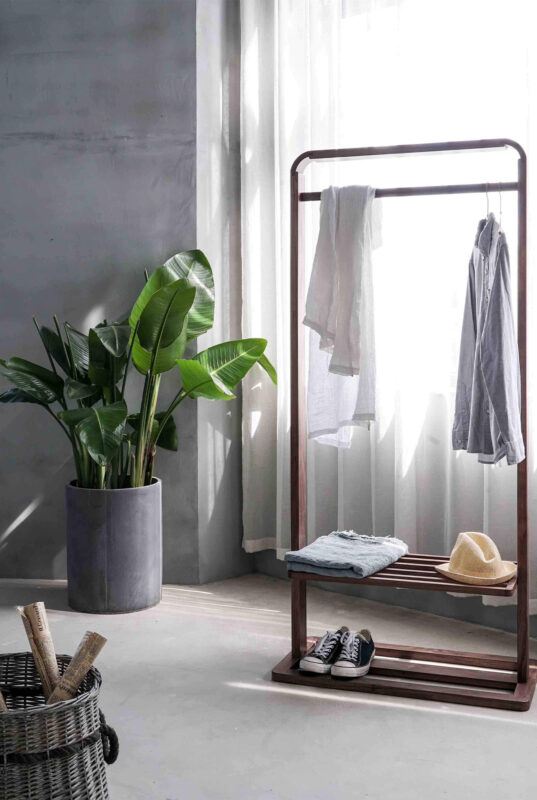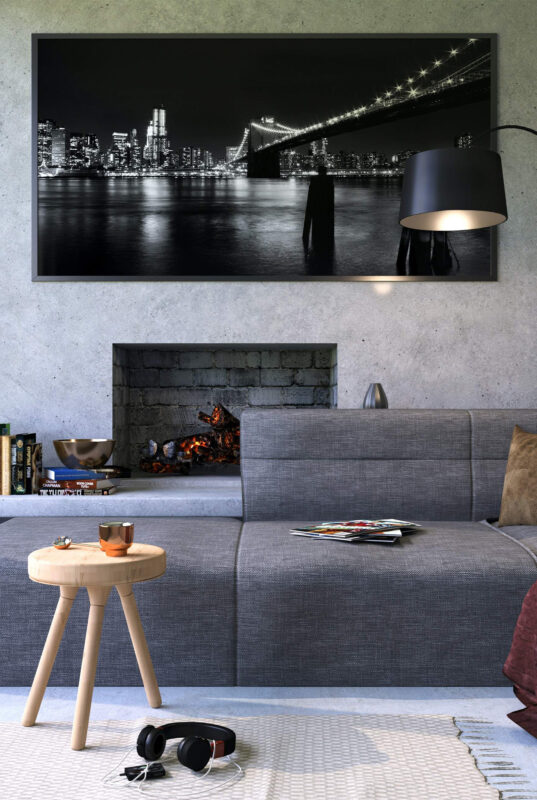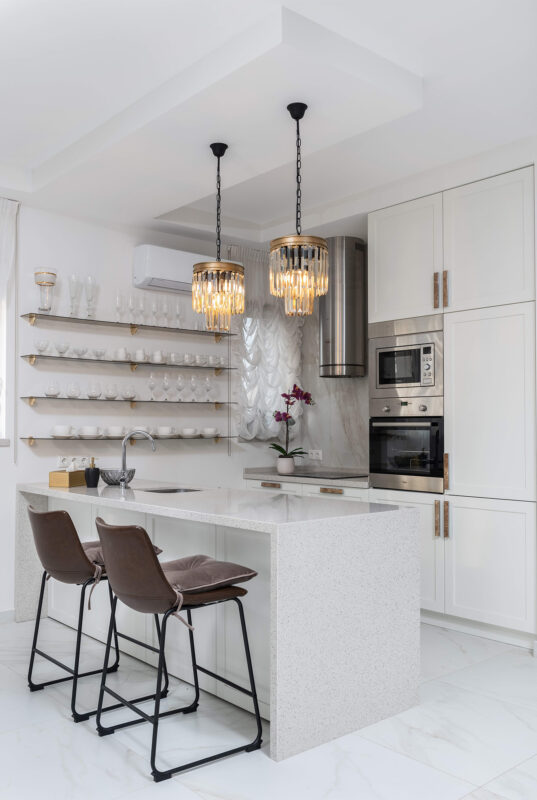Blog
Highly Insulating uPVC Windows for Environmentally Conscious Projects
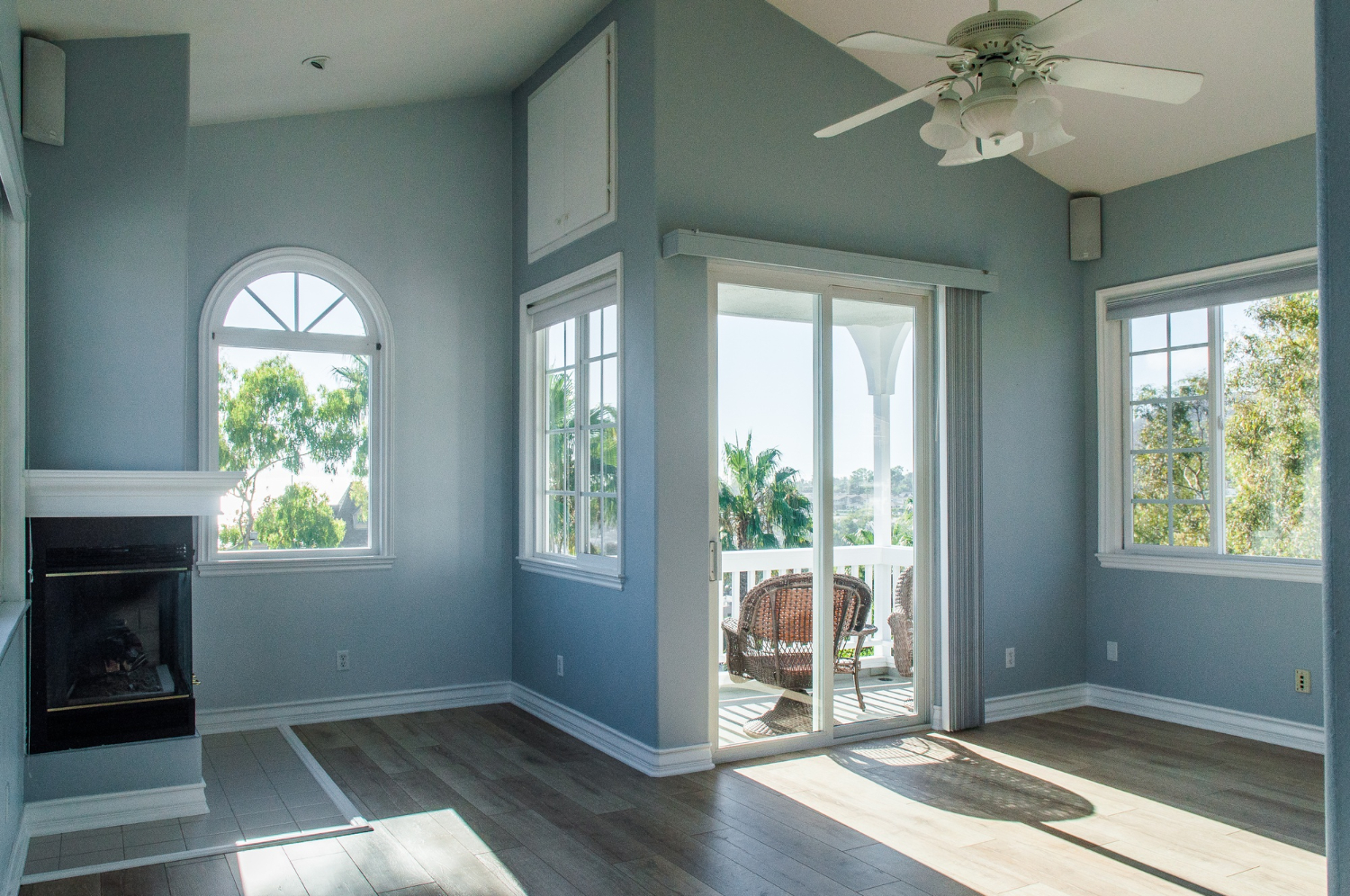
The prospects for sustainable solutions using uPVC windows are diverse. Both environmental considerations and economic factors play an important role, making uPVC windows an outstanding choice for eco-friendly projects.
PVC windows boast excellent thermal insulation properties, are durable and weather-resistant, recyclable, and energy-efficient in their production. Additionally, they are easy to work with and install, which allows for a wide variety of designs that can be customized to meet almost any architectural requirement.
Resource-Efficient Production: How uPVC Windows Reduce Environmental Impact
Environmentally friendly uPVC windows are now made to a significant extent from recycled materials. Moreover, modern manufacturing processes lower both energy and water consumption while avoiding the use of harmful plasticizers and heavy metals. uPVC windows are relatively easy to install; during their usage phase, they stand out for their energy efficiency, ease of handling, and low maintenance requirements (https://www.oknoplast.us).
Durability and Recycling: The Lifecycle of Modern uPVC Windows
Below is an outline of the lifecycle of modern uPVC windows:
- Production of Window Profiles: Manufacturing of multi-chamber profiles from rigid PVC ensures optimal thermal insulation and stability.
- Production of Window Glass Panes: The float glass process is used to produce high-quality insulating glazing.
- Assembly of the Window: Specialized window installers combine profiles, glass, and fittings into a functional window.
- Usage Phase: The windows offer a durability of up to 40 years with minimal maintenance while maintaining consistently high energy efficiency.
- Disposal and Recycling: Once their service life ends, uPVC windows can be recycled up to seven times without any loss in quality.
Energy Efficiency and Thermal Insulation: Cost Advantages for Businesses
Current economic pressures force companies to re-evaluate every area of operation in search of optimization and cost reduction. Reducing heating and cooling expenses can significantly contribute to overall efficiency. In this context, numerous government incentives and support programs are particularly attractive to businesses. Besides immediate cost savings from lower energy consumption, these efficiency measures also enhance the property’s overall value.
Important Certifications and Environmental Standards in Window Construction
One of the most recognized certifications is the RAL certification, which is often associated with standardized colors. It guarantees excellent material quality, thermal insulation, weather resistance, and recyclability.
Windows with a Passive House certification leave no doubt about their energy efficiency, and a CE certification ensures compliance with European standards regarding stability and safety, thermal insulation and air permeability, sound insulation classes, as well as resistance to wind loads and weather conditions.
Design and Functionality: Tailored Solutions for Various Industries
Different industries have unique requirements for their windows. Key aspects usually include sound insulation, burglary protection, accessibility, customized color and material finishes, and smart home integration for commercial buildings.
Case Studies: Successful Implementations in Sustainable Construction Projects
Countless case studies demonstrate sustainable construction projects in practice. In summary, highly insulating triple glazing is installed in passive houses, meeting strict Passive House criteria, which helps reduce CO₂ emissions and lowers heating and cooling costs.
High-efficiency uPVC windows are not only effective in new constructions; when historic preservation guidelines allow, uPVC windows Oknoplast with convincingly authentic wood designs can also be used in older and historic buildings.
Successful implementations have been seen in schools, kindergartens, other public institutions, and numerous businesses. Particularly noteworthy is the integration of energy-efficient windows with smart technologies.
Combining these windows with automated controls unlocks additional potential and further enhances the quality of life within buildings through improved ventilation and security features.


